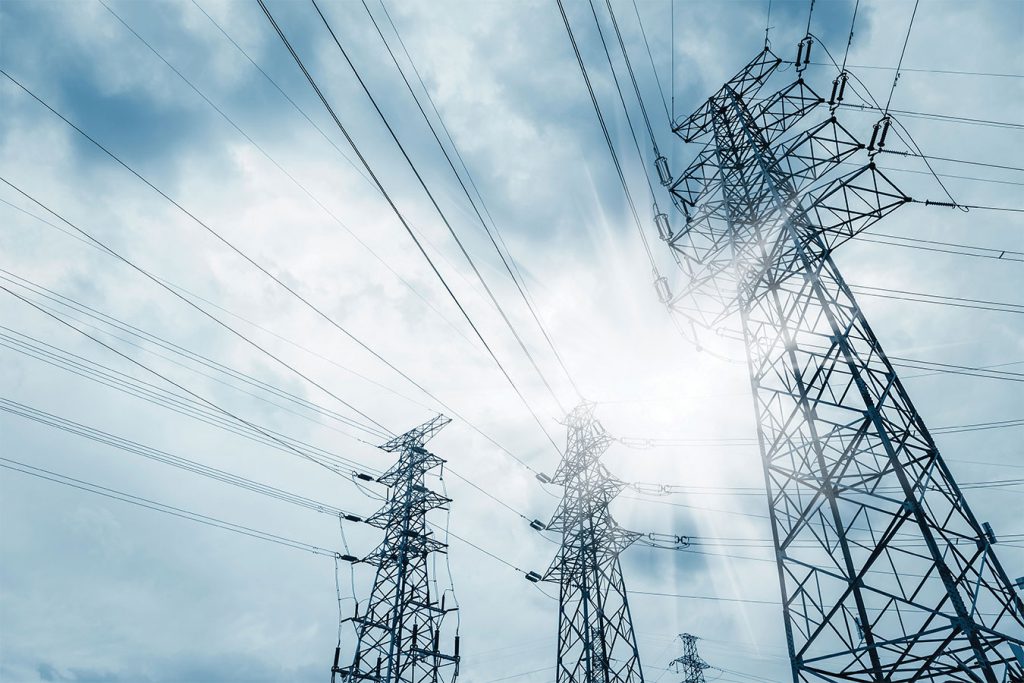New report shows without new nuclear generation, Ontario will miss its climate change targets

The Power Workers’ Union (PWU) released a report today by Strategic Policy Economics entitled Electrification Pathways for Ontario to Reduce Emissions, showing that Ontario faces an electricity supply shortage and reliability risks in the next four to eight years and will not meet net zero objectives without building new low-emission, nuclear generation starting as soon as possible.
Since 2013, Ontario’s Independent Electricity System Operator (IESO) has been forecasting a significant gap in the province’s electricity supply due to anticipated closure of the Pickering Nuclear Generating Station, now scheduled for 2025. The province will lose 3000 megawatts (MW) or 15% of Ontario’s low-cost, low-carbon 24/7 electricity. Compounding the resulting supply gap, the IESO has been underestimating the electricity required to reduce emissions in the transportation, building and industrial sectors. Strapolec’s analysis indicates the electrification of the economy will increase the province’s electricity demand by 136%. Combined, these two drivers could increase Ontario’s need for more electricity capacity by 55 gigawatts (GW) in less than 30 years. Of this, the required new incremental baseload supply is equivalent to doubling Ontario’s existing nuclear and hydro generation capacity.
Strapolec’s Electrification Pathways assessment shows that Ontario will be unable to achieve its 2050 net zero emission objectives without building more low-carbon nuclear generation in the province.
“Policy-makers around the world realize climate change can’t be tackled without nuclear. Ontario’s nuclear fleet has delivered emissions reductions for over 50 years,” said Jeff Parnell, President of the PWU. “In fact, without building new nuclear units, Ontario will miss its emission reduction targets and carbon emissions from electricity generation will rise dramatically.”
According to Strapolec’s study, integrating nuclear generation baseload supply with other low-carbon or carbon-reducing technologies (e.g. hydrogen and electricity storage), could achieve a 25 percent lower cost to rate payers than Ontario’s current system.
“This report clearly shows that Ontario cannot sustain the low-carbon status of its hydro and nuclear based electricity system, decarbonize its economy and meet its carbon reduction targets without new nuclear. Most disturbing is the fact that we are already well behind and needed to start planning for this capacity yesterday,” concluded Parnell.
The report calls on the IESO to better meet Ontario’s electricity needs to ensure that the lowest-cost and lowest-emission solution is procured, such as an integrated solution with low-carbon nuclear and other low-carbon technologies. Â The planning should start as soon as possible with procurement mechanisms redefined to achieve made in Ontario solutions that work.
